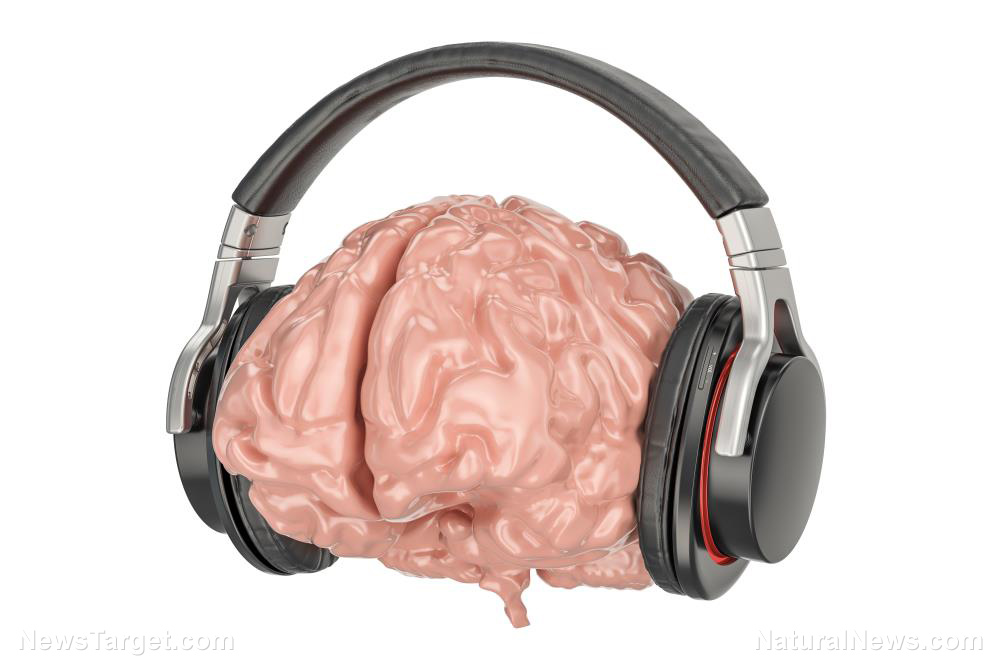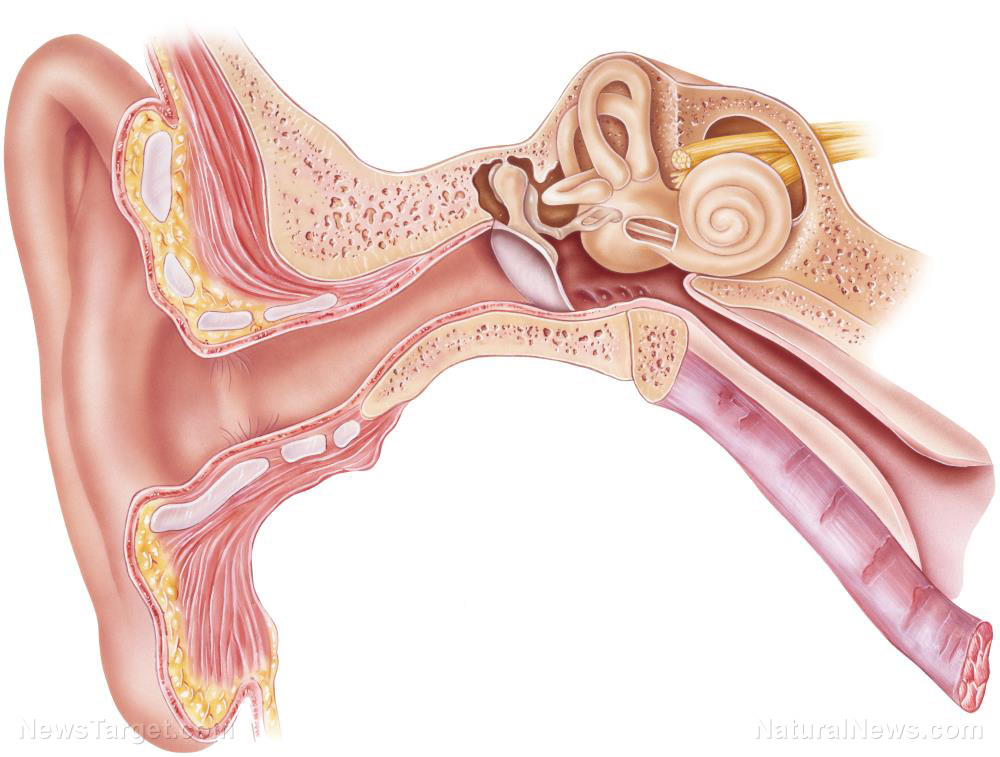Is your cat a threat to your mental health? This teenager was just playing with his and now he’s a schizophrenic
12/01/2019 / By Edsel Cook

After his pet cat scratched him, a teenage boy developed a bacterial infection that caused rapid-onset schizophrenia. Experts diagnosed the patient with “cat-scratch disease.”
The anonymous boy became severely suicidal and paranoid about his pets. He ended up at the hospital four times in 18 months.
As his mental condition worsened, he experienced hallucinations, irrational fears, and bouts of fury. His mother quit her job to take care of him full time.
The teenager didn’t respond to conventional treatments for schizophrenia and other mental problems. Experts ran a battery of medical tests on him during one of his stays in the hospital.
A healthcare provider identified marks on the patient’s skin as a symptom of cat-scratch disease. The illness stemmed from infectious Bartonella ihenselae that live in the claws and mouths of cats.
The boy tested positive for the disease. He was placed on antibiotic therapy and eventually recovered from the bacterial infection.
Bartonella bacteria like to stay hidden in the lining of blood vessels. An untreated infection leads to severe health complications. Illnesses associated with the bacteria included fatigue, fever, swelling in the brain, and heart infections.
Researchers at North Carolina State University (NC State) considered the case to be remarkable.
“Beyond suggesting that infection itself could contribute to… schizophrenia, it raises the question of how often infection may be involved with psychiatric disorders generally,” said NC State researcher Dr. Ed Breitschwerdt. (Related: Bartonella disease: A misunderstood vector-borne infection, similar to Lyme disease.)
A boy became schizophrenic and suicidal after getting scratched by his pet cat
The boy owned many pets. He began experiencing problems in October 2015. He went through agitation, confusion, depression, and the feeling of being overwhelmed.
When he started considering to kill his family more often, the teenager announced that he wanted to die. His family rushed him to the hospital for a week’s worth of emergency psychiatric treatment.
Despite the treatment, the boy grew more dysfunctional. His harsh psychiatric issues prevented him from going to school.
“In addition to persecutory delusions related to his pets, he developed auditory, visual, and tactile hallucinations and began refusing to leave the house,” the NC State researchers reported in their study.
His mother left her job in December 2015 to take care of him full-time. Despite her efforts, the teenager experienced even more severe symptoms at home.
Healthcare providers tried numerous treatments for the patient’s psychosis. They also used treatments for autoimmune conditions and other potential causes.
Bartonella bacterial infections not only last longer, but they also affect mental health
In the summer of 2016, the boy’s parents took him to a psychiatric teaching hospital in another state. They spent 11 weeks there while experts ran all kinds of tests on the patient.
At the end of that hospitalization, the family returned home with the teenager still schizophrenic. But his parents spotted mysterious marks on their son’s skin around the armpit and thigh.
The crucial discovery took place 10 months after the boy first displayed symptoms of his mental problems.
By early 2017, a healthcare provider found the answer. Analysis of blood samples from the teenager confirmed the presence of Bartonella bacteria in his body.
The boy received antibiotics to treat his Bartonella infection. Before the end of 2017, he made a full recovery from the disease. His severe schizophrenia made him miss two years of school.
Experts warned that bacteria-ridden cat bites and scratches might cause infection and permanent disability. Furthermore, they only found out recently that Bartonella infections lasted much longer than expected.
They identified more than 30 species of Bartonella bacteria. Of this number, 13 proved capable of making the jump to humans.
Sources include:
Tagged Under: animals, bacteria, bacterial infection, bartonella disease, brain health, cat-scratch disease, cats, depression, exposure, germs, infections, mental health, pets, psychiatry, psychosis, schizophrenia, suicidal, suicide
RECENT NEWS & ARTICLES
BrainFunction.News is a fact-based public education website published by Brain Function News Features, LLC.
All content copyright © 2018 by Brain Function News Features, LLC.
Contact Us with Tips or Corrections
All trademarks, registered trademarks and servicemarks mentioned on this site are the property of their respective owners.



















